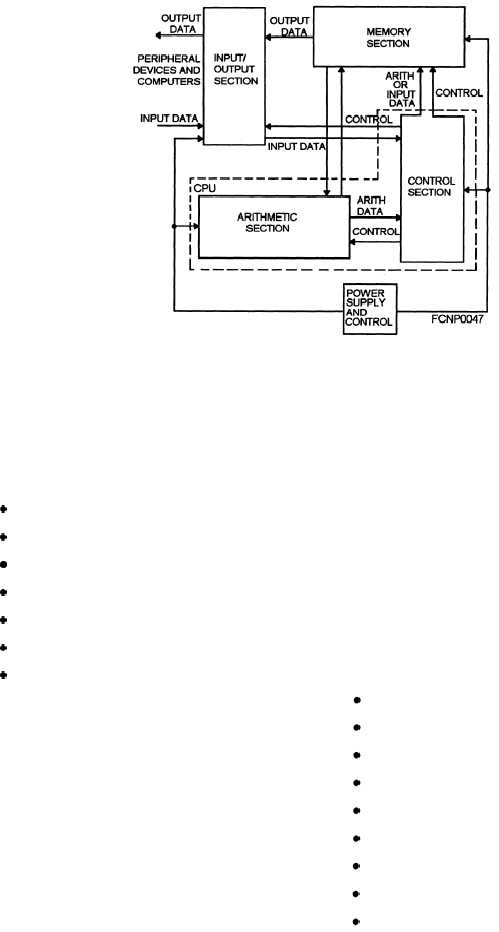Figure 5-2.—Representative block diagram showing the relationship of the control section to the other functional areas of a
computer.
The control section consists of several basic
logically defined areas. These logically defined areas
work closely with each other. They are the basis for the
operations of the control section in most computers.
They include:
l Timing
l Instruction and control
l Addressing
l Interrupts
l Control memory
l Cache memory
. Read-only memory (ROM)
TIMING
Timing in a computer regulates the flow of signals
that control the operation of the computer. Without
timing, events in a computer would not take place. The
computer’s operations rely on both synchronous and
asynchronous operations. Synchronous operations
means that certain events happen at regularly timed
intervals. An example of this is the computer’s master
clock. Asynchronous means that the completion of one
event triggers the next event. An example of this is the
execution of instructions located sequentially in
memory. After an instruction is executed, the next
instruction cannot be executed until the program
counter has been incremented to fetch it. Timing gets
the computer going.
Timing circuits are used
throughout the computer, as you will see when we
discuss each of the functional areas.
Not all computers rely on a sophisticated timing
system. Some timing systems are very simplistic and
rely only on the computer’s master clock and one or two
other timing signals derived from the master clock to
start and stop events.
Still other more sophisticated
computers rely on the master clock and timing circuits
in each of the functional areas to start and stop
operations.
Some of the more common timing circuits you will
encounter include the following:
Master clock
Main timing chain
Main timing signals
Timing sequences
Sequence enables and control
Real-time clock
Monitor clock
Programmable interval timers
Arithmetic timing
5-3

